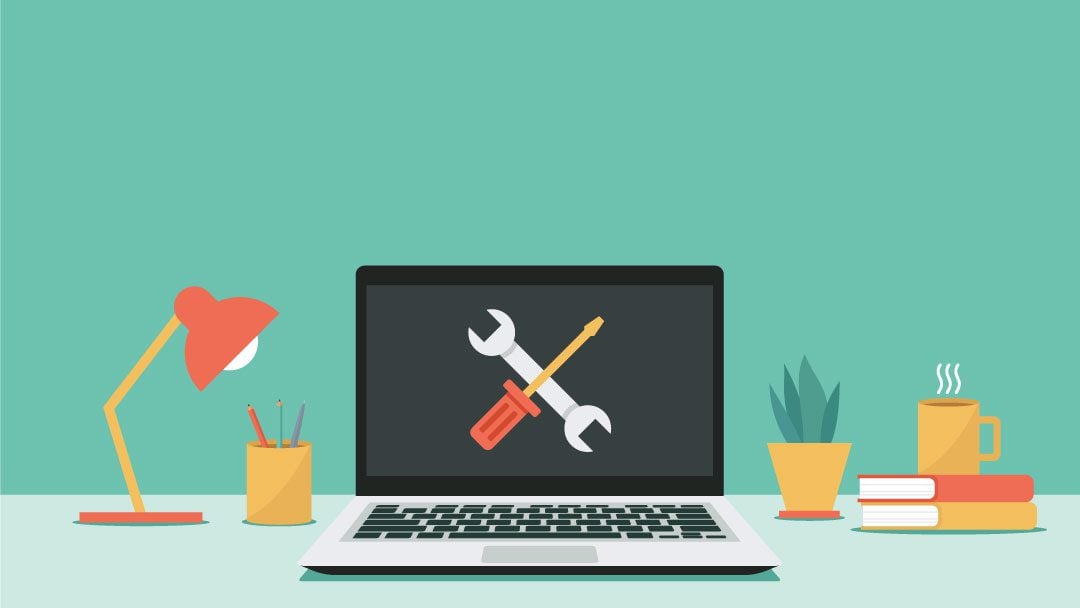
Maintaining Your WordPress Website
Maintaining your WordPress website ensures it stays secure, fast, and fully functional. Below is a step-by-step guide to help you manage your website efficiently.
1. Keep WordPress, Themes, and Plugins Updated
Frequency: Weekly
- Go to Dashboard > Updates and install available updates for WordPress core, themes, and plugins.
- Before updating, take a backup (see next section).
- Use only trusted themes and plugins to avoid security risks.
2. Backup Your Website
Frequency: Weekly (or before making major changes)
- Use a plugin like UpdraftPlus, Total Upkeep, or your hosting provider’s backup tool.
- Store backups in a secure location, such as Google Drive, Dropbox, or an external hard drive.
- Ensure both database and files are backed up.
3. Monitor Website Security
Frequency: Weekly
- Install a security plugin like Wordfence or Sucuri.
- Regularly check Dashboard > Security for alerts.
- Enable two-factor authentication (2FA) for admin accounts.
- Avoid using admin as a username; create a unique one.
4. Optimize Website Speed
Frequency: Monthly
-
Install a caching plugin like W3 Total Cache or WP Rocket.
-
Optimize images with Smush or Imagify to reduce load time.
-
Minimize unnecessary plugins and scripts.
5. Check for Broken Links
Frequency: Monthly
-
Use a plugin like Broken Link Checker to find and fix broken links.
-
Manually test important pages to ensure everything works properly.
6. Monitor and Improve SEO
Frequency: Monthly
-
Use Yoast SEO or RankMath to optimize page content.
-
Regularly check Google Search Console for indexing errors.
-
Submit an updated sitemap whenever you make major content changes.
7. Review and Clean Up Your Database
Frequency: Monthly
-
Use WP-Optimize or Advanced Database Cleaner to remove unnecessary revisions, spam comments, and transients.
-
Optimize database tables via phpMyAdmin or a plugin.
8. Test Contact Forms and Functionalities
Frequency: Monthly
-
Test your contact forms, checkout process, and other interactive elements.
-
Ensure email notifications are working by sending a test form.
9. Monitor Website Uptime
Frequency: Ongoing
-
Use tools like UptimeRobot or Jetpack Monitor to get alerts if your site goes down.
10. Renew Hosting and Domain
Frequency: Yearly
-
Check domain and hosting renewal dates to avoid expiration.
-
Ensure SSL certificates are active for security.
Final Tips
-
Keep your WordPress login secure (use a strong password and limit login attempts).
-
Regularly review user accounts and remove unnecessary admins.
-
If unsure about an update or issue, consult a professional before making changes.
By following these steps, you can ensure your website stays secure, fast, and well-maintained. If you need assistance, don’t hesitate to reach out!

